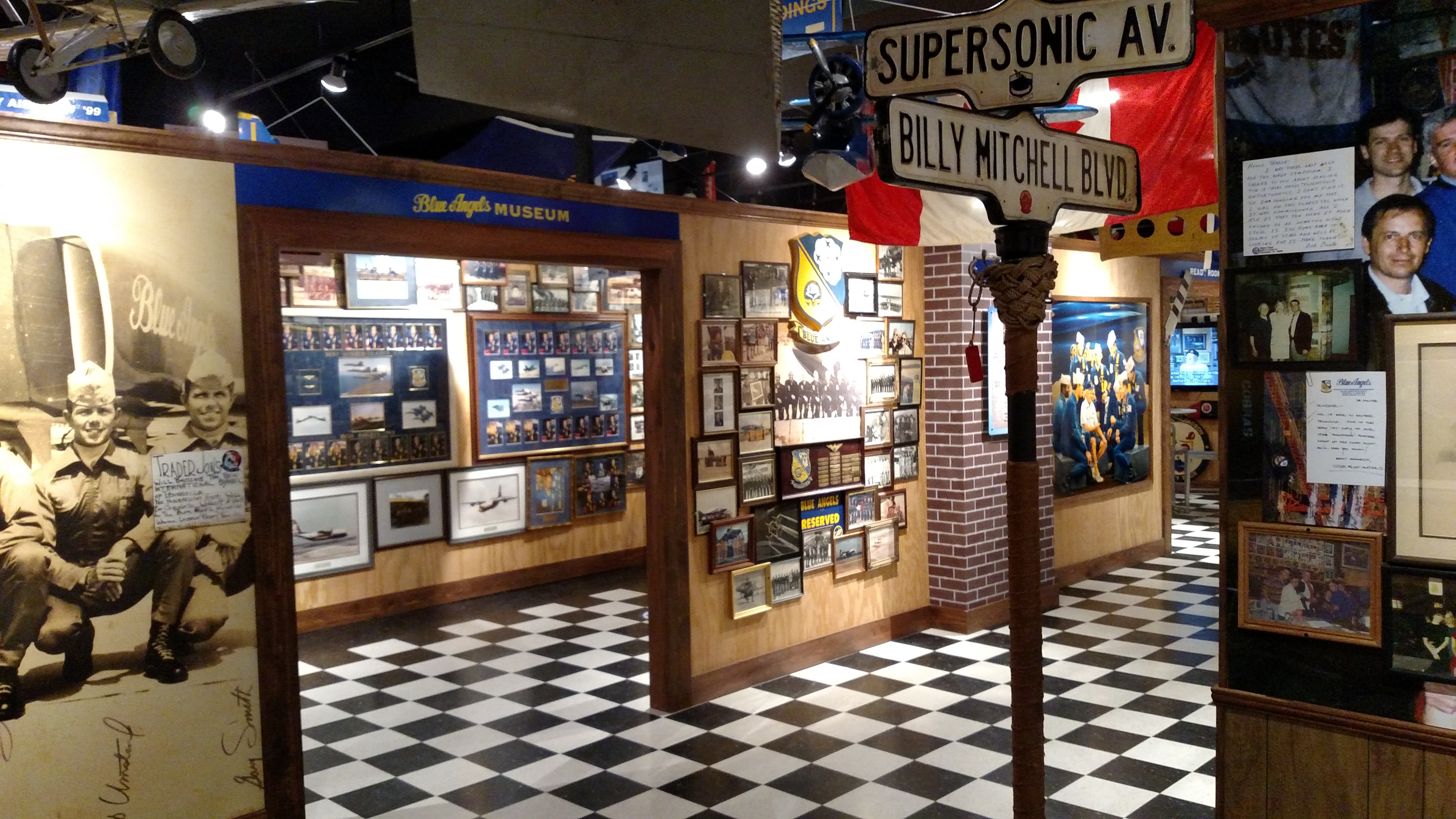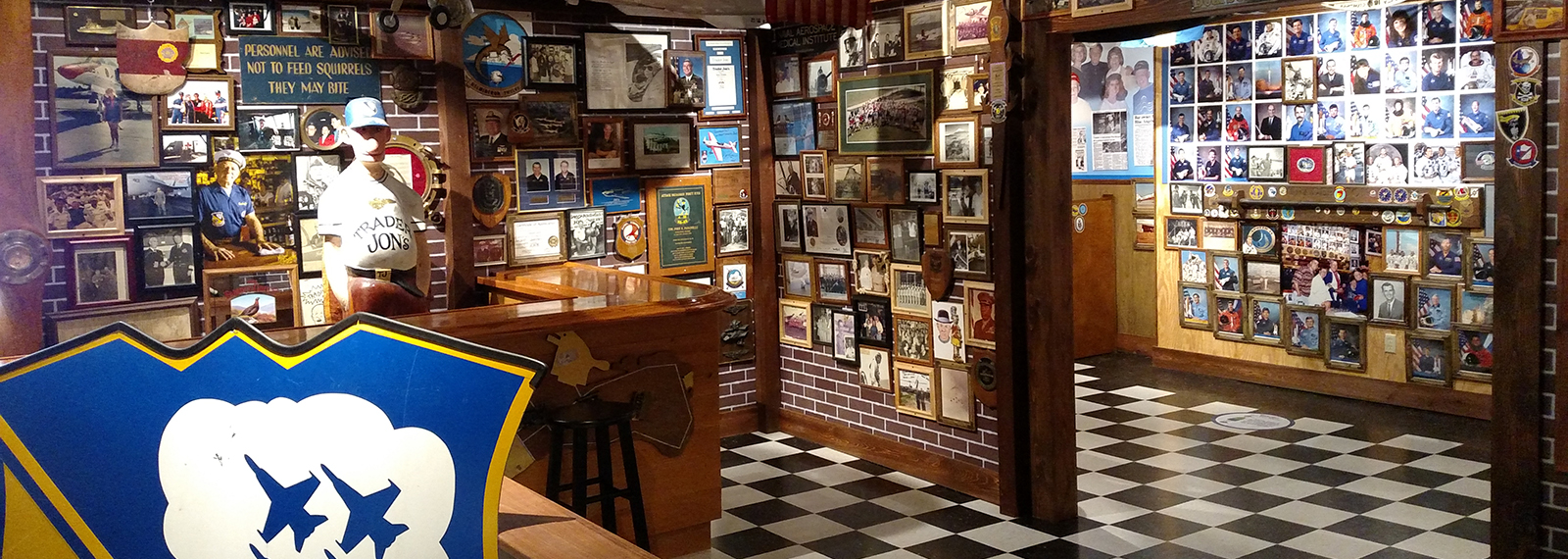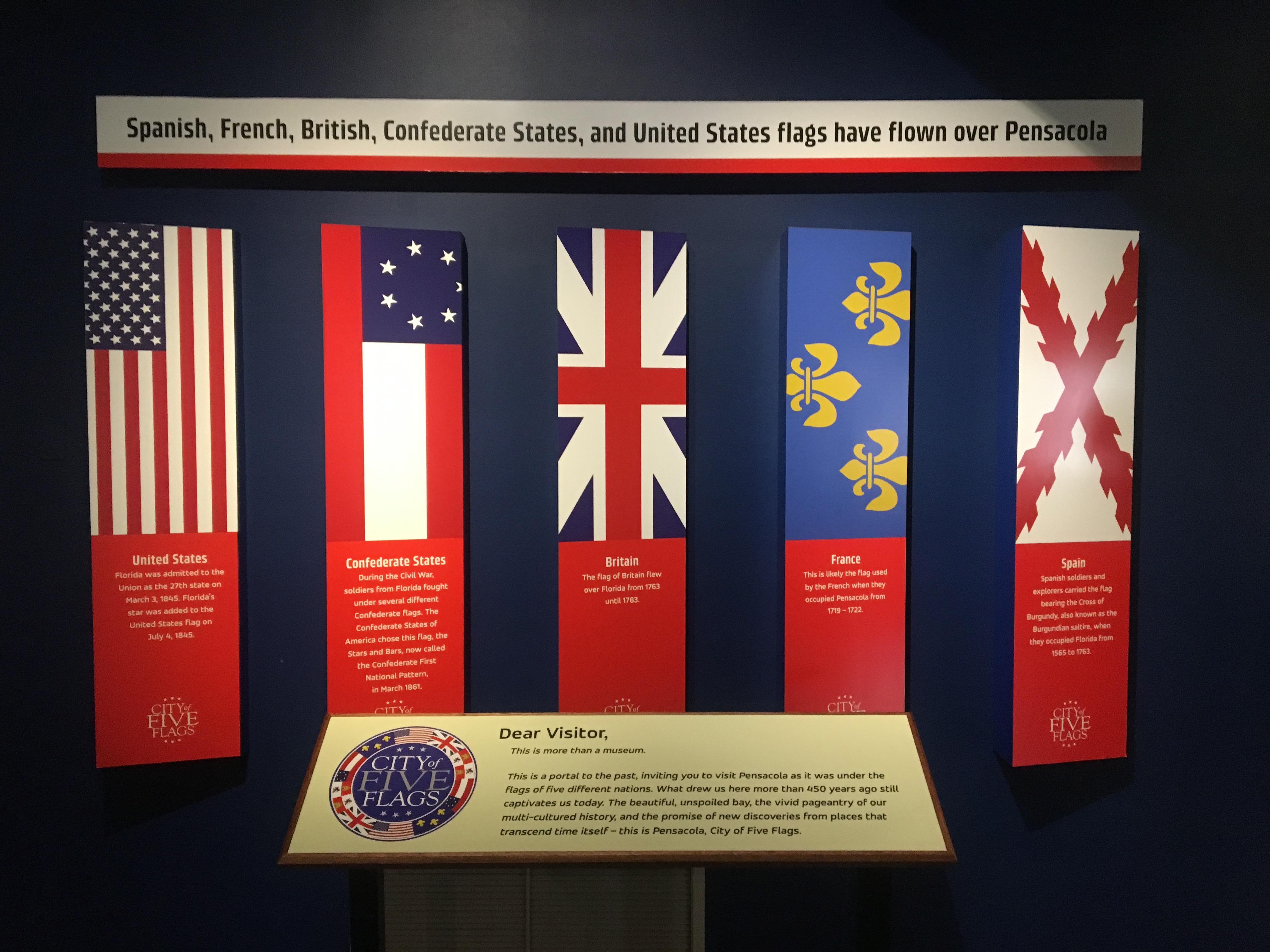Exhibits
There is always something to see and do in Historic Pensacola. Our Museum of Industry and Museum of Commerce are hosts to permanent exhibits and tell the stories of the Pensacola’s early industries and downtown Pensacola circa the 1890s.
In the Voices of Pensacola, see Musically Inclined: A Look at the Pensacola Jazz Scene.
The story of jazz dates back to the early 20th century New Orleans musicians. As it spread across the coast and eventually around the world, it became a more widely recognized genre of music. From its early beginnings to its modern popularity, jazz music has always held a special place in the heart of Pensacola. Open Tuesday through Friday.
The Pensacola Museum of History is where you will find a permanent exhibit on the history, archaeology and preservation of the City of Five Flags, in addition to changing exhibits.
The Pensacola Children's Museum has interactive exhibits for children to learn through play.
The Finding 1821 Trail allows you to explore Pensacola's history through modern technology. The Finding 1821 trail reflects a local establishment that was near that location two hundred years ago. Outside each business is a QR code that links to a corresponding advert from an early 1820s newspaper. You can find ours on the left window in the breezeway. Over a dozen sites have been identified so far. Take a stroll around town, visit local shops, and explore the history of Pensacola through today's technology.
Permanent Exhibits
Trader Jon's
Martin "Trader Jon" Weissman, owner and namesake of Trader Jon's Bar, was well known for his personal eccentricities such as his famously mismatched socks and "Tradernomics" as well as his eclectic establishment. One of Pensacola's top tourist destinations for decades, Trader Jon's, decorated with photos and memorabilia, some traded for drinks, was a safe haven where young flight students, military personnel, astronauts and movie stars rubbed shoulders with local politicians, characters and the occasional ne'er-do-well. Trained as a U. S. paratrooper in WWII, Trader's lifelong love of naval aviation and his livelihood were inseparable. There was truly nothing like it on Earth! Step inside and experience the legend that was Trader Jon's.
Visit the Events at Trader Jon's page for more information on booking the space for your next event!

The City of Five Flags
The City of Five Flags tells the unique story of Pensacola through artifacts, photographs and stories told through archaeology and preservation efforts. Renovated in 2012, the City of Five Flags exhibit includes streamlined timelines, one-of-a-kind artifacts, and immersive environments all designed to help visitors experience life in Pensacola under five different flags.
For thousands of years, people have been discovering Pensacola. Warriors, conquistadors, presidents, heroes from all walks of life, and countless others have discovered that in trying to make their mark on Pensacola, Pensacola has made its mark on them.
What drew people here more than 450 years ago still captivates us today. The beautiful, unspoiled bay, the vivid pageantry of our multi-cultured history, and the promise of new discoveries from places that transcend time itself--this is Pensacola, City of Five Flags.
Changing Exhibit Galleries
Please note the 3rd floor of the Pensacola Museum of History will be closed May 2024 to August 2024 for construction and installation of a new exhibit.
The Story of Us: From Curiosity Cabinets to Modern Museums
Long term gallery
Second floor
Modern museums look vastly different than 16th century curiosity cabinets. Museums, and their predecessors, exist because of the drive to preserve memories. Every object has a story to tell - sometimes two or three. Our mission is to protect and interpret thousands of objects that represent the history of Northwest Florida.
Suddenly American: A Meeting of Heritage and Country
July 2021
First floor
This exhibit looks at the transition of Florida from a Spanish territory to an American region, which formally occurred in 1821. Florida’s embattled history dates back much farther than 1821. From refusing independence during the American Revolution to wanting their own freedom in 1810, Florida loved to cause problems. The United States eyed the region early on, using the Seminole Wars as an excuse to seize territory before turning to diplomatic means to acquire Florida. The Adams-Onis Treaty, debated and initially agreed upon in 1819, resulted in Spain ceding control of East Florida to the United States. At the same time, Spain also agreed to give up all claims on West Florida, in essence giving the entire Florida territory over to the United States. Ratified in 1821, the Treaty was cause for celebration in Pensacola, the capital of West Florida, as it officially became part of America.
1959: Spanish Village
March 8, 2024- October 2024
Second floor
Pensacola celebrated its 400th anniversary in 1959 by recreating a Spanish village out at Pensacola Beach, using it as the centerpiece for the year-long program to highlight the city’s past. As a result of Tristan de Luna's mission, the city became the oldest multi-year European settlement in what is now the United States. Celebrations included parades, themed events, and a replica Spanish Village on Santa Rosa Island. Step back in time to 65 years ago and discover how the Quadricentennial ignited a love of Pensacola’s past through 1959: Spanish Village.
Death and Mourning: The Finery of Loss
October 13, 2023 - December 2024
Second floor
One of the most difficult aspects of life is loss. While every generation and every culture views death differently, the Victorians approached mourning in a very consuming and exhaustive manner. From making memorial artwork to exploring gravesite symbolism, remembering loved ones during the Victorian era (1837-1901) took on special meaning. The Finery of Loss exhibit explores these traditions through the lens of fashion, featuring loaned artifacts from the History Museum of Mobile and selected pieces from the UWF Historic Trust collection. See the WKRG story on the exhibit!
Innovations of Yesteryear: An Object Tour of the World's Fair
June 16, 2023 - July 2025
Second floor
World’s fairs are known for revealing the technology of tomorrow on an impressive scale. Beginning with the first Grand Exhibition in 1851, each World’s Fair highlights innovation while serving as a way for people to experience exciting progress like never before. Objects that today are commonplace, like dishwashers, tie back to these grand showcases. Explore how technology changed the world in this interactive and immersive exhibit: Innovations of Yesteryear.
A Port in Peril: Maritime Medicine in Pensacola
September 8, 2023 - March 2025
Second floor
During the early 20th century, maritime cities like Pensacola had dense population centers and a constant influx of travelers, creating the perfect environment for disease. The primary concern for Gulf Coast ports was the introduction of yellow fever. Part of our city is built on top of remnants of a system designed to protect its citizens from pandemics. Quarantine stations and special practices that rid incoming ships of dangerous germs were a vital part of the maritime industry.

